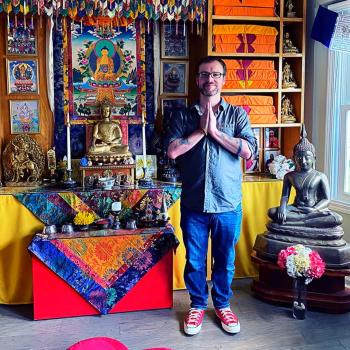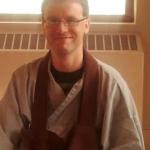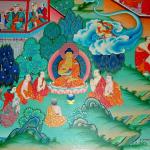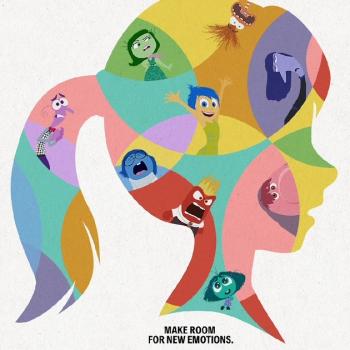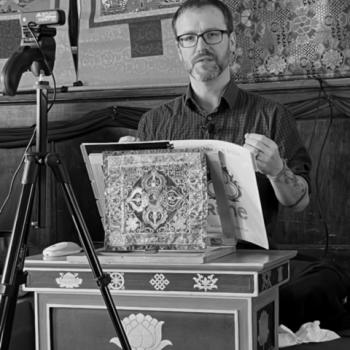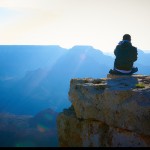Where are we going?
“If we want to understand ourselves and help all beings get out of suffering, we must first understand where this world’s suffering comes from. Everything arises from our minds,” -Zen Master Seung Sahn
What do we want to do with our lives?
Do we want to keep doing what we’re doing? Being deeply self-absorbed, chasing after sense pleasures all the time, harming ourselves and others with our confusion and bad habits, sleepwalking through life and missing things that we don’t want to miss. That’s how most of us live most of the time, especially that last one. If you’ve ever had a kid and thought “It seems like she was just in diapers and now she’s driving” that’s what I’m talking about. When we are unmindful life can just pass us by.
Seung Sahn advocates for living in a different way. And we can use his Compass of Zen to try to find a better direction to our lives. We can find out true nature and help others. We can live in a more mindful, compassionate, and wise way. We can learn how to choose how to respond to the vagaries of life instead of having knee jerk reactions all the time. We may not be able to add more years to our lives, but we can add more life to our years. We can change our life’s direction any time we want.
I’m reminded that this path is not a hobby. We’re talking about reorienting the way we move through the world. If we learn how to meet the world with a greater measure of clarity and compassion we can change our lives and the lives of everyone around us.
We can use the example of the historical figure that we call the Buddha. Before he became the Buddha he had a charmed life. He was nobility. He was wealthy and powerful. All of his worldly needs were met. It’s hard for me to even imagine living in that way and I’m sure it’s hard for you too.
In ‘Compass of Zen’ Seung Sahn describes the Buddha’s life in this way:
“The Buddha had a very good situation. But he didn’t understand himself. ‘What am I? I don’t know.’ So Siddhartha abandoned the place, went to the mountains, and practiced various spiritual austerities for six years. He found the middle way between self-indulgence and extreme asceticism. Early one morning, while meditating under the bodhi tree, he saw a star in the eastern sky. At that moment – boom! – he got enlightenment. He woke up and became a buddha. He attained I. This means that the Buddha attained the true nature of a human being without depending on some outside force or religion or god. That is the Buddha’s teaching.”
The Buddha was a person like you and I. This is an important point to me. Because he was a person and not some kind of spirit or something, we can do what he did. We can walk this path and have similar results. Awakening is here and we just have to find it. How? We can try to emulate him. Try to live a middle way in your life. And try to understand your true nature. We’re so caught up in the thinking that I call I-Me-Mine that we don’t see things very clearly, we don’t have a good grasp on our true nature. We are obsessed with ourselves and that shades all of our thinking.
Seung Sahn goes on to describe meditation in a way that may seem a little unique. He described meditation as away of trying to answer the great question ‘who am I?’ The thinking, I think, is that if we really try hard to address that question we will find out true nature underneath all this baggage and delusion we’re carrying around all the time.
He says, “When you ask this question very deeply, what appears is only ‘don’t know.’ All thinking is completely cut off and you return to your before thinking mind. If you attain this ‘don’t know’ you have already attained your true self…The most important thing you can do is learn how to keep this question with great determination, what appears is only ‘don’t know.’ There is no thinking. All thinking is completely cut off. The name for that is ‘don’t know.’ Another name for it is true self or true nature. It is sometimes called enlightenment.”
Seung Sahn sometimes called his teaching “don’t know mind” and he would say things like “Only don’t know” and “Only go straight.” We get caught up in our thoughts and feelings. This applies to how we think about ourselves but also to how we think about the world around us.
Think about this:
Who are you?
How would you answer that if you can’t mention any roles that you have in your life and you can’t say the names or roles of anyone else? It’s hard to describe ourselves without thinking in terms of relationships with other beings or at least other things. But there has to be an answer.
Who am I?
I don’t know.
But can we find out?

